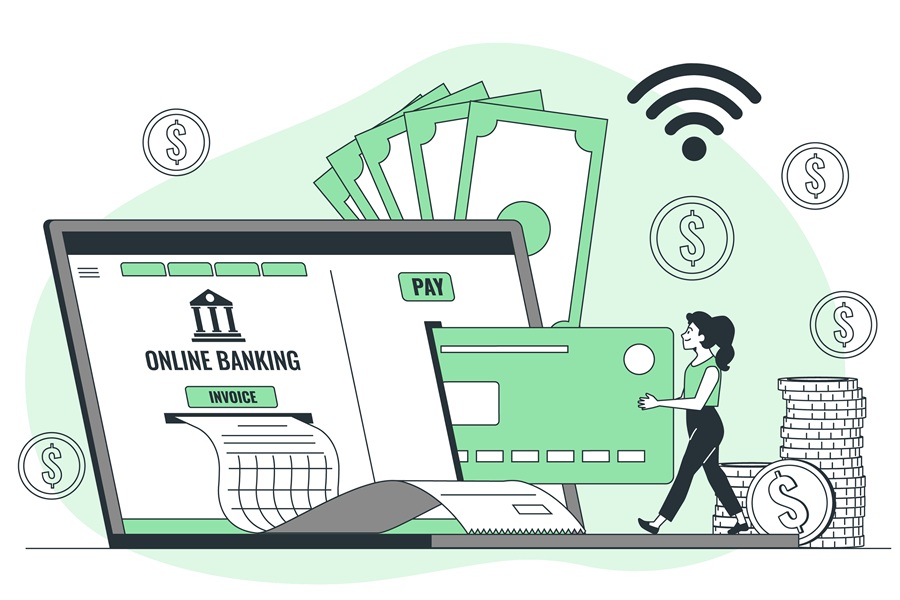Online banking has completely changed how banks operate. Instead of relying on expensive physical branches and tons of paperwork, banks can now serve customers online, saving time, money, and resources. Moving to digital banking means banks don’t have to pay for as many buildings, employees, or paper-based processes. It also helps them work more efficiently by automating transactions and customer service. At the same time, banks need to keep data secure while cutting costs, and online banking provides solutions for that, too. Here’s how banks save money while still providing great service through digital banking.
Fewer Physical Branches, Lower Costs
Running a bank branch is expensive. There’s rent, electricity, security, and employee salaries, all of which add up quickly. But with more people using mobile apps and online banking, there’s less need for so many physical locations. Instead of keeping branches open in every town, banks can focus on digital services and close locations that don’t get much traffic. This saves a huge amount of money, and customers still get the convenience of managing their accounts anytime, anywhere. The money banks save can be used to improve their apps, customer service, and security systems instead.
Automation Saves Time and Money
Think about all the tasks a bank does every day: processing payments, handling deposits, approving loans, and answering customer questions. If everything had to be done by hand, it would take forever! Online banking automates many of these tasks, meaning computers handle them instead of employees. For example, chatbots can answer common customer questions without a person needing to respond to every message. Automatic bill payments and mobile check deposits also reduce the need for bank employees to process everything manually. This lets banks serve more customers with fewer employees, cutting costs while making banking faster and easier.
Smarter and Cheaper Data Storage
Every bank deals with massive amounts of data, from customer transactions to security logs. Storing all that information can get really expensive, especially if it’s done using outdated systems. That’s why many banks use a Security Data Lake to store their information more efficiently. A Security Data Lake allows banks to keep all their transaction logs, security alerts, and other important records without paying a fortune for storage. This means they can keep customer data safe, meet government regulations, and quickly access information when needed, all while saving money compared to traditional storage methods.
Less Paper, Lower Costs
Traditional banking involves a lot of paperwork: loan applications, bank statements, receipts, and contracts. Printing, storing, and managing these documents costs banks a ton of money. However, online banking cuts down on paper use by offering digital documents instead. Now, customers can sign agreements electronically, get their bank statements online, and fill out applications through a website or app. This reduces the need for printers, filing cabinets, and even mail delivery services. Plus, it’s not just cheaper. It’s also faster and better for the environment!
Stopping Fraud Before It Costs Millions
Fraud is a huge problem for banks, and if they don’t catch it in time, they can lose millions of dollars. With online banking, banks can use smart technology to detect fraud in real time. Systems powered by AI and machine learning can track unusual activity, like someone trying to withdraw a large amount of money from a new location. If something looks suspicious, the system can block the transaction and alert the customer instantly. This saves banks money by preventing fraud before it happens instead of dealing with the costly consequences later.










